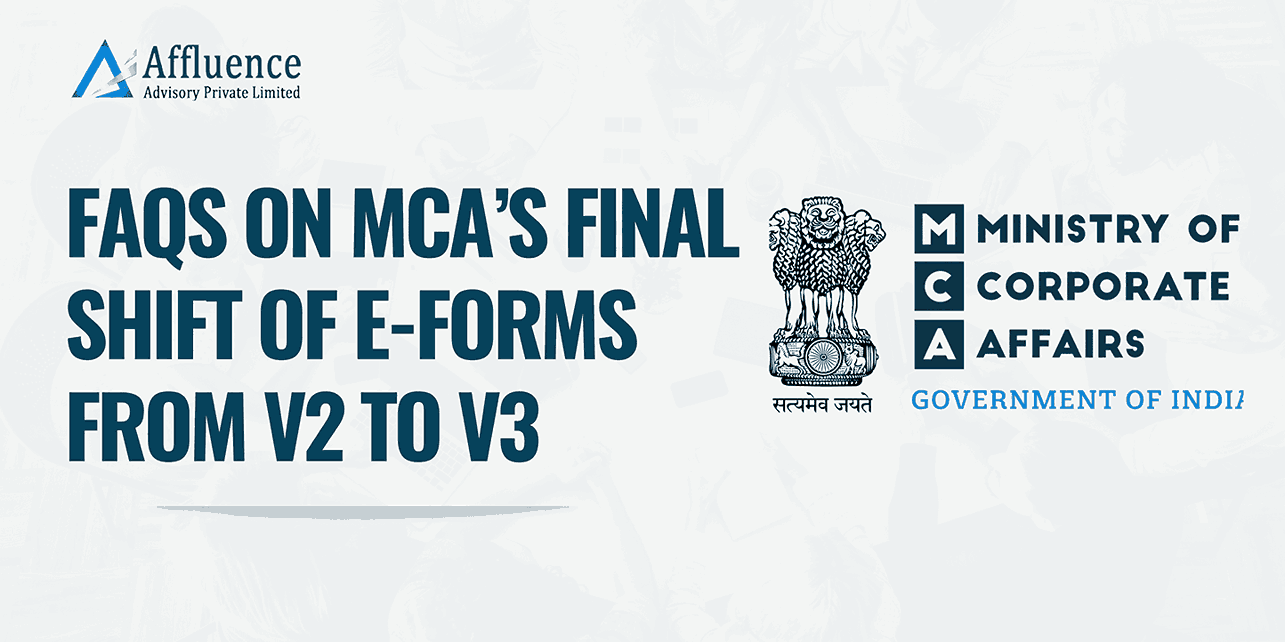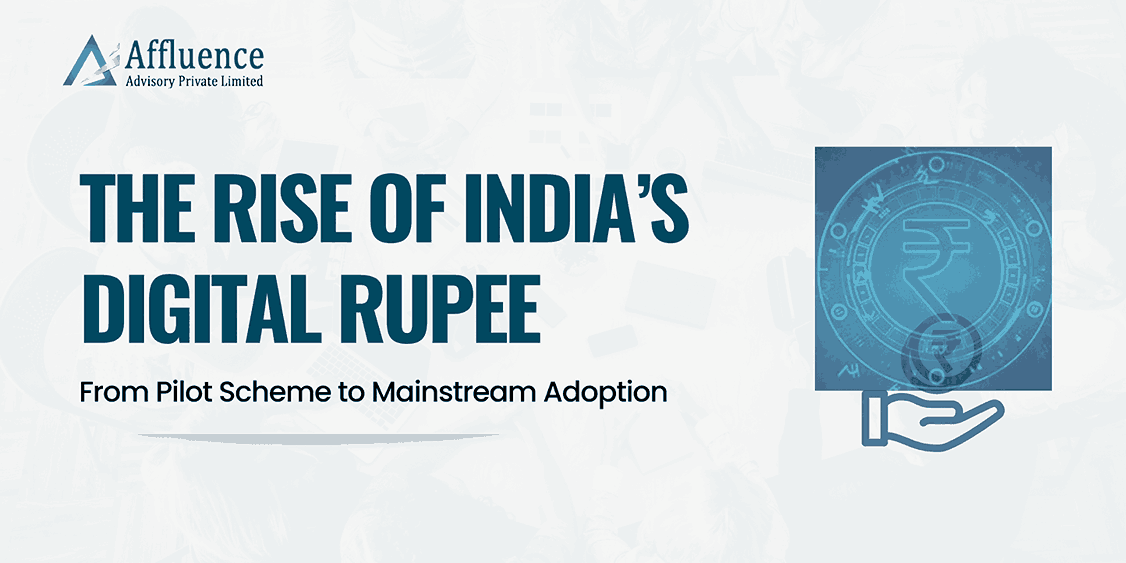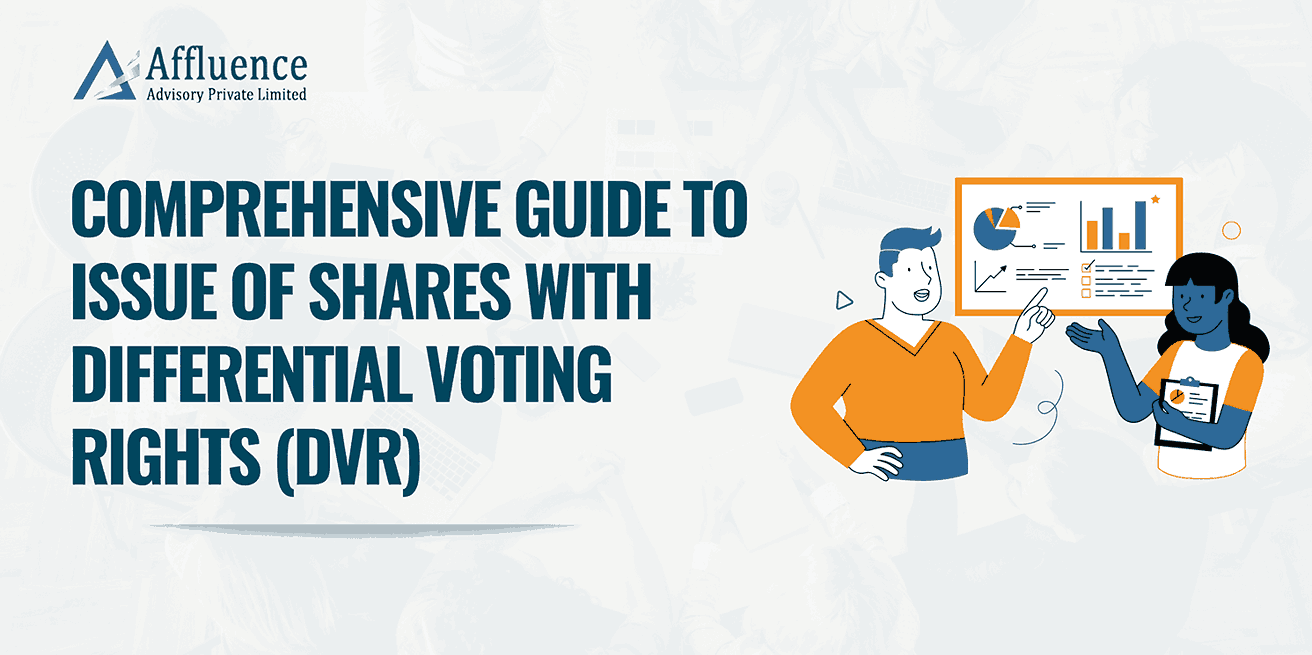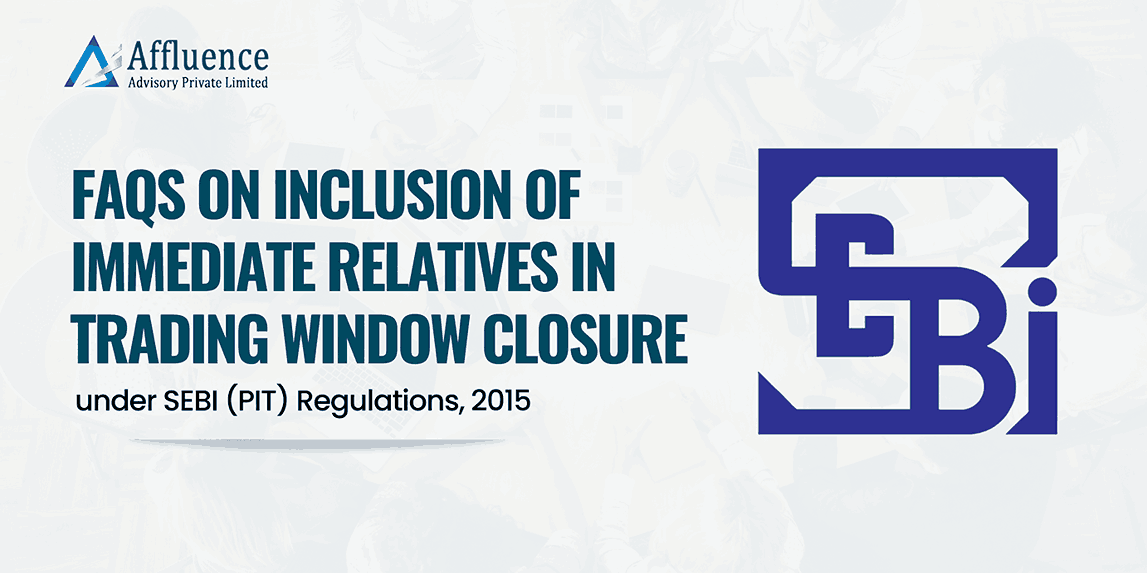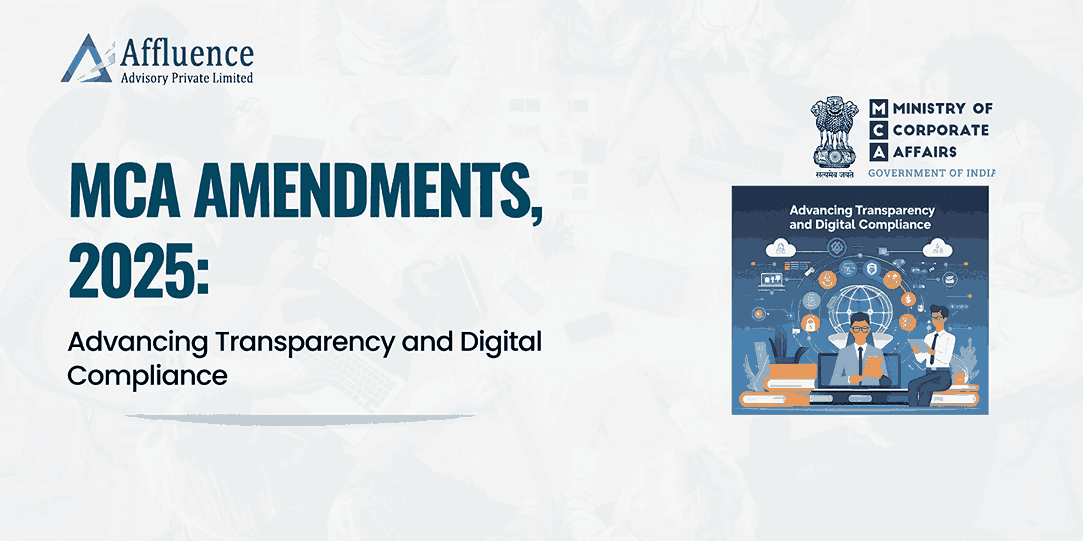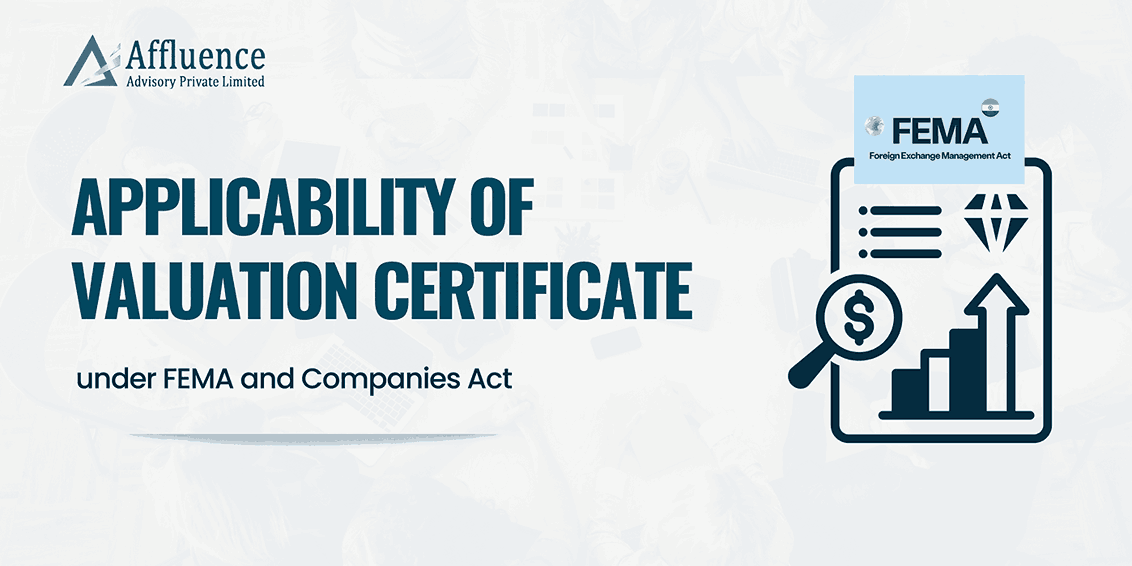A company is a creation of law; therefore, it has to be closed by the prescribed rules and regulations. Closure of a Company means when a business is bought to an end because of certain reasons is called Company closure. Before closing the Company money has to be paid off to all creditors and assets are distributed. There are various ways of closing a Company under the Companies Act,2013, and the Insolvency and Bankruptcy Code, 2016.
ROUTES FOR WINDING UP UNDER THE COMPANIES ACT AND IBC ARE AVAILABLE TO THE COMPANY VOLUNTARILY
The Companies Act is the legislation that governs the formation of Companies in India. It was passed by Parliament and came into effect on 1st April 2013. The Act’s main purpose is to protect investors’ interest from incorporation to the Winding of the Company. There are two routes through which a company can be wound up which include Strike off and winding up and;
Insolvency and Bankruptcy code, 2016 was introduced to promote a time-bound process to resolve insolvency. ‘Insolvency’ and ‘Bankruptcy’ terms are both used mutually, where Insolvency defines the financial state of an individual and Bankruptcy means legal proceedings carried out to allow an individual or Company freedom from their debts. When a default occurs, creditors get control over the debtor’s assets and must take decisions to resolve insolvency. However, the route under which the corporate debtor i.e., the Company itself can initiate the process for CIRP and liquidation is sections 10 and 59 of IBC 2016. The section was introduced in the Code to vest right in the hands of the corporate debtor i.e., the Company.
VOLUNTARY CLOSURE UNDER THE COMPANIES ACT 2013
- Section 248: It could either be Suo moto by the Company under section 248(2) or by the action of the ROC under 248(1)/ Strike off;
- Section 270: Winding up (Voluntary and by Tribunal);
VOLUNTARY CLOSURE UNDER THE INSOLVENCY AND BANKRUPTCY CODE, 2016
- Section 10 of IBC
- Section 59 of IBC: Voluntary Liquidation of Corporate Persons
DECIDE BETWEEN WIND UP AND STRIKE OFF:
As businesses continue to take a beating from the economic fallout from the Covid-19 crisis, Companies that are not operational anymore have two options to close i.e., strike off and wind up.
Winding up simply means closing a Company. Winding up is a proceeding by means of which the dissolution of the Company is bought about and in the course of which its assets are collected and realized and applied in payment of debts; and when these are satisfied, the remaining amount is applied for returning to its members the sums which they have contributed to the company in accordance with the articles of the Company. On other hand;
Strike Off simply means removing a name of the Company from the Registrar of Companies which are not carrying any business.
Eligibility for Striking off the name of the Company:
- Company has not commenced its business within 1 year of incorporation;
- Company is not carrying on any business or operations for a period of 2 immediately preceding financial years;
- The status of the Company is not Dormant Company under section 455;
- The subscriber to the memorandum has not paid the subscription which they had undertaken to pay at the time of incorporation of a Company and declaration to this effect has not been filed within 180 days of its incorporation;
- The Company is not carrying on any business operations, as revealed after the physical verification carried out under section 12(9).
Restriction on Making Application if in previous 3 Months Company has:
- Changed its name or relocated its registered office to another state.
- Made a disposal for the value of property or rights held by it (subject to conditions).
- Engaged in any other activity other than what is necessary or expedient for making an application under the concerned provision, and so and so forth.
- Filed an application to the Tribunal for the granting of Compromise or Arrangement, and a consensus for the same hasn’t yet been arrived at.
- Been wound up under Chapter XX, whether voluntarily, by the Tribunal or under the Insolvency and Bankruptcy Code (IBC), 2016
Parameters | Winding Up | Strike Off |
Simple process | Complex | Simple |
Cost-effective | Costly procedure | Cost-effective |
Liquidator | Liquidator is appointed | Not required |
Timeliness | Tedious | Quickest |
No assets no Liability | The company can wind up with business | The company cannot strike off with business |
Withdrawal or Revival | In Voluntary Liquidation within- 2 years In Compulsory liquidation by Tribunal then-No. | Yes 20 years |
Repayment to creditors/shareholders | During Liquidation | Before Closure |
Authority | NCLT | ROC |
INTERPRETATION OF SECTION 10 and 59 OF IBC, 2016
Under IBC, section 10 where a corporate debtor committed a default, a corporate applicant thereof may file an application for initiating a Corporate Insolvency Resolution Process where the minimum amount of the default is Rs. 1 lakh, where the maximum limit is Rs. 1 crore. “Corporate Applicant” means.
- Corporate debtor or;
- a member or partner of the corporate debtor who is authorized to make an application for the corporate insolvency resolution process [or the pre-packaged insolvency resolution process, as the case may,] under the constitutional document of the corporate debtor; or
- an individual who is in charge of managing the operations and resources of the corporate debtor; or
- a person who has control and supervision over the financial affairs of the corporate debtor;
“Corporate guarantor” means a corporate person who is the surety in a contract of guarantee to a corporate debtor;
REQUIREMENT OF SECTION 10
The corporate applicant shall, along with the application furnished in Form 6: –
- information relating to its books of accounts and such other documents as may be prescribed;
- information relating to the resolution professional proposed to be appointed as an interim resolution professional;
- special resolution passed by shareholders of the corporate debtor, or the resolution passed by at least three-fourths of the total number of partners of the corporate debtor, as the case may be, approving the filing of the application;
- Evidence of debt and default;
- Books of accounts, balance sheet;
- Statement of affairs.
The CIRP shall commence from the date of admission of the application.
VOLUNTARY LIQUIDATION UNDER SECTION 59:
A corporate person who intends to liquidate itself voluntarily and has not committed any default may initiate voluntary liquidation proceedings.
(a) a declaration from majority of the directors of the company verified by an affidavit stating that—
- Company is solvent; and
- The company is not being liquidated to defraud any person;
(b) the declaration under sub-clause (1) shall be accompanied by the following documents, namely: —
- audited financial statements and records of business operations of the company for the previous two years or for the period since its incorporation, whichever is later;
- a report of the valuation of the assets of the company, by a registered valuer;
- within 4 weeks of such declaration Shareholders to pass a special resolution for liquidation and appoint a liquidator (Insolvency Professional);
- within 7 days from above – creditors representing 2/3 in value shall approve the resolution.
- Commencement of voluntary liquidation
Where the affairs of the corporate person have been completely wound up, and its assets completely liquidated, the liquidator shall make an application to the Adjudicating Authority for the dissolution of such corporate person.
The Adjudicating Authority shall on an application filed by the liquidator under sub-section (7), pass an order that the corporate debtor shall be dissolved from the date of that order and the corporate debtor shall be dissolved accordingly.
A copy of an order under sub-section (8) shall be forwarded to the authority with which the corporate person is registered within fourteen days from the date of such order.
ANALYSIS OF SECTION 10 and SECTION 59
Parameters | Section 10 | Section 59 |
Default | where the corporate debtor has committed default and therefore, wants to initiate CIRP | where default is not committed, and the corporate person wants to liquidate voluntarily |
Court Intervention | There is more court intervention | Court intervention is relatively less |
Time-Consuming | More time consuming | Less time consuming |
Cost | Costly | Cost-effective |
Uncertainty | There is uncertainty about whether NCLT accepts or rejects the application | As the default is not committed it is not uncertain subject to the conditions given above should be fulfilled |
Cover under 65 and 66 of IBC | Yes | NA |
Who can apply | Corporate applicant /IP and RP | Company |
Repayment to creditors | As per Resolution Plan | During Liquidation |
Click here to Download PDF
Disclaimer: This article provides general information existing at the time of preparation and we take no responsibility to update it with the subsequent changes in the law. The article is intended as a news update and Affluence Advisory neither assumes nor accepts any responsibility for any loss arising to any person acting or refraining from acting as a result of any material contained in this article. It is recommended that professional advice be taken based on specific facts and circumstances. This article does not substitute the need to refer to the original pronouncement


